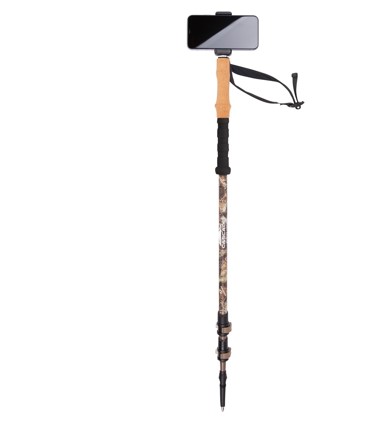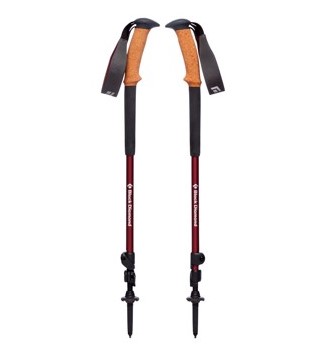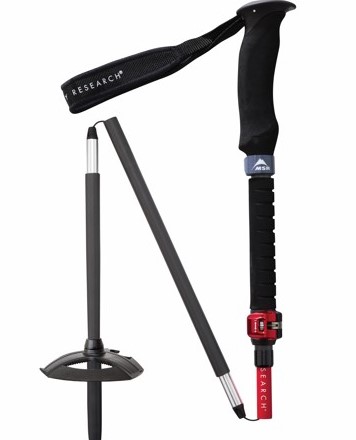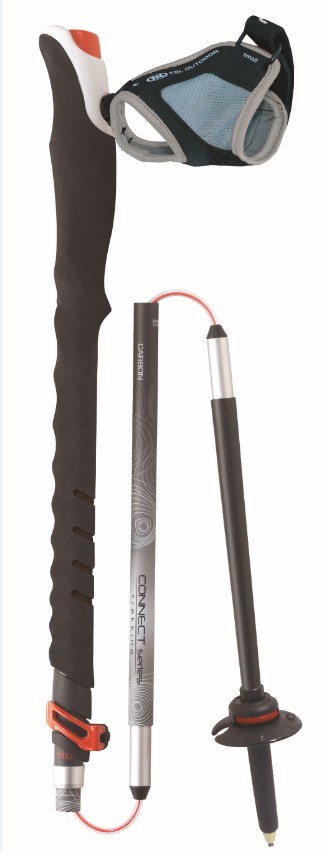Most skiers learn to downhill with skis on their feet and poles in their hands, but the same doesn’t hold true for hikers. When snow melts, poles are put away but they shouldn’t be. Stability is a plus in every season, not just winter.
“When you put your weight on your poles and push off, your legs are doing less work because you’re supporting some of your body weight with your poles,” says Fletcher Andrews, hiker and Cascade Design, Inc U.S. sales manager. “Taking some of the weight off my back makes all the difference for me.”
Andrews works for a company that makes trekking poles and he traverses more than 700 miles annually in the Pacific Northwest. He started taking poles on his treks 12 years ago, but they are only in his hands 50 percent of the time.
“I don’t usually use a pole on a day hike unless it’s loose terrain or a steep descent,” he says. “They give me more stability.”
Here are his tips for buying and using trekking poles:
Length:
Grip should be even with rib cage when arms bend at elbows.
Segments:
Trekking poles with 2-5 connecting segments are best because length can be adjusted. A fixed length pole, like traditional ski poles, doesn’t allow for adjustment.
Attachments:
Look for poles with multiple baskets (snow and mud) and tips (traction and pad).
Pace:
Pole swings with opposite leg. Left foot forward, right hand holding pole forward.
Incline:
Shorten pole to hip level, place slightly in front and push off from top of grip.
Decline:
Lengthen pole to high ribs, place in front reaching out and down.
Sidehill:
Uphill pole should be shorter than downhill pole.
Bonus:
Use as herding stick to keep pets back when they try to sneak ahead.
Swinging motion helps reduce swelling in hands.
 EIO Field Tested Trekkers Sierra Designs Adjustable
EIO Field Tested Trekkers Sierra Designs Adjustable
https://sierradesigns.com
$29.95
Bonus: Cheapest
 Cascade Mountain Tech Ultralight Carbon Fiber 2 Section Quick Lock
Cascade Mountain Tech Ultralight Carbon Fiber 2 Section Quick Lock
https://cascademountaintech.com/
$45.49
Bonus: Camera mount and rifle rest
 Black Diamond Trail Ergo Cork
Black Diamond Trail Ergo Cork
https://www.blackdiamondequipment.com/en_US/
$139.95
Bonus: Natural cork grip instead of foam
 MSR Carbon Ascents
MSR Carbon Ascents
https://www.msrgear.com/
$169.95
Bonus: Lightest and quietest
 TSL Outdoors Connect Carbon 5
TSL Outdoors Connect Carbon 5
https://www.tsloutdoor.com/
$169.95
Bonus: Magnetic wrist straps